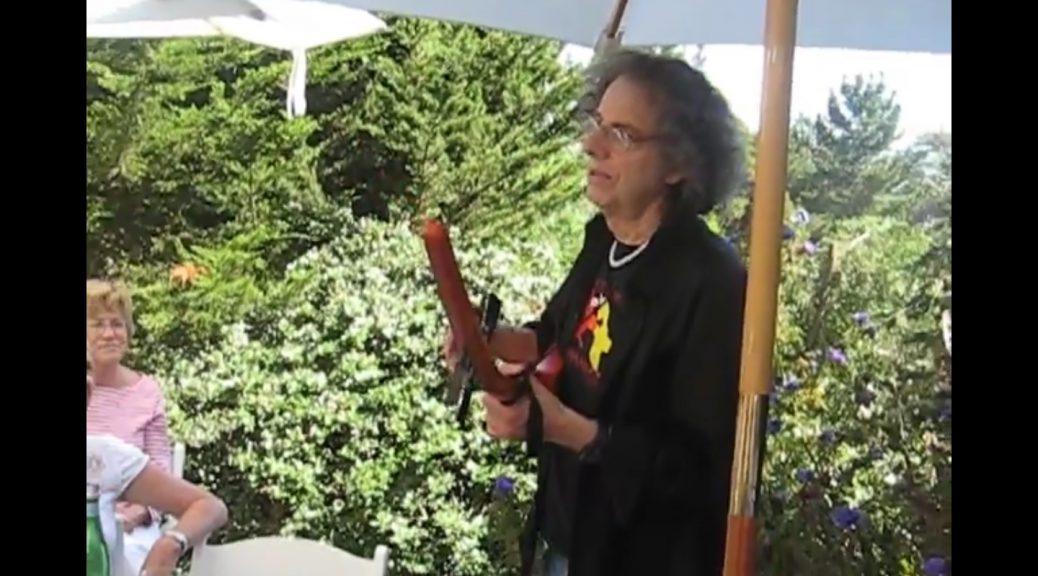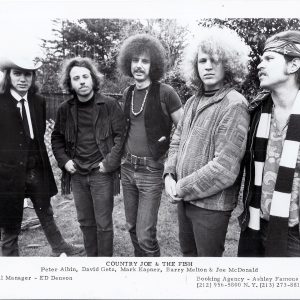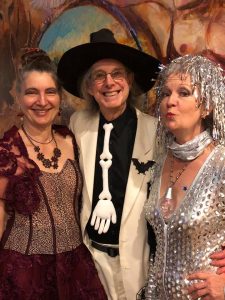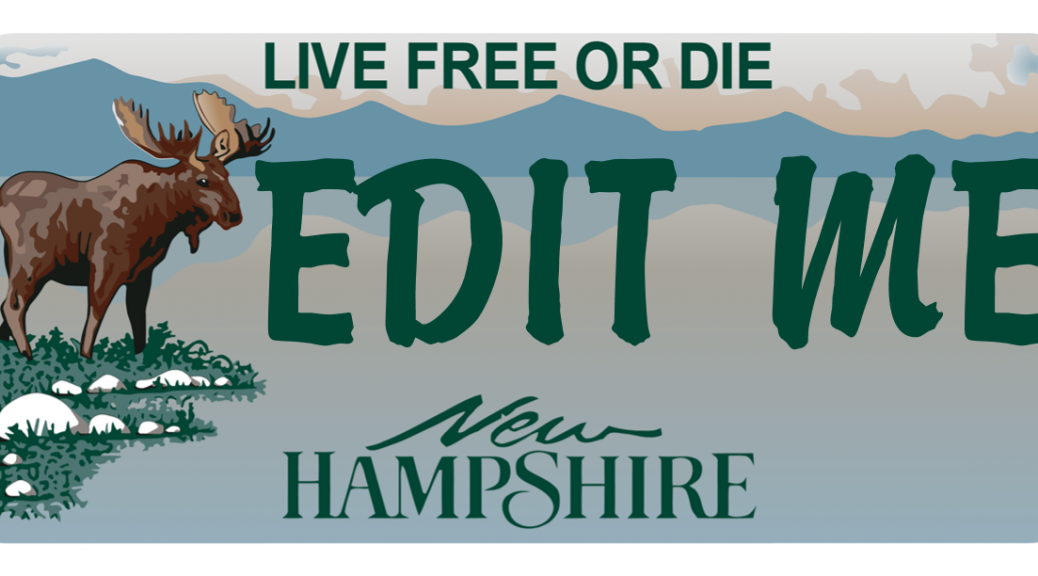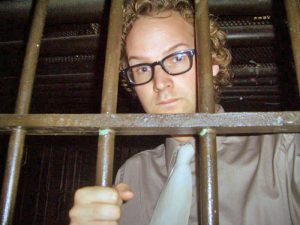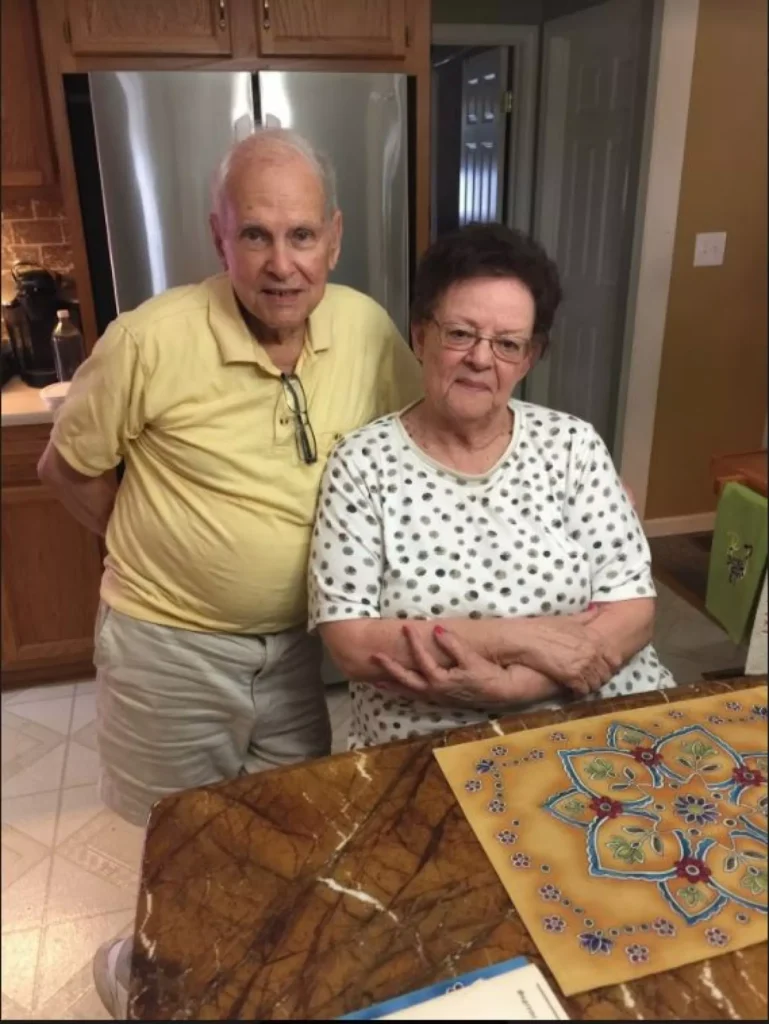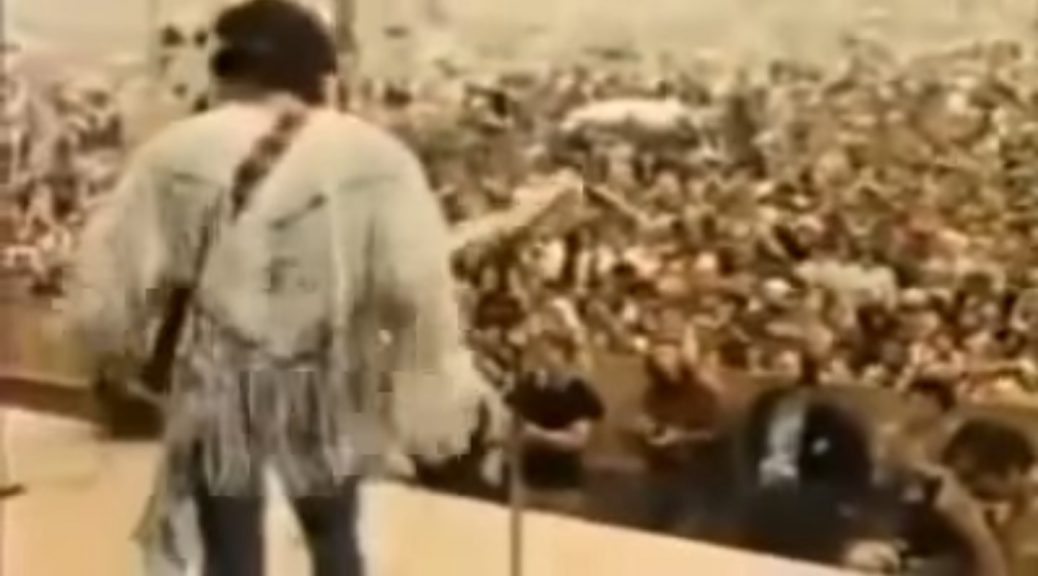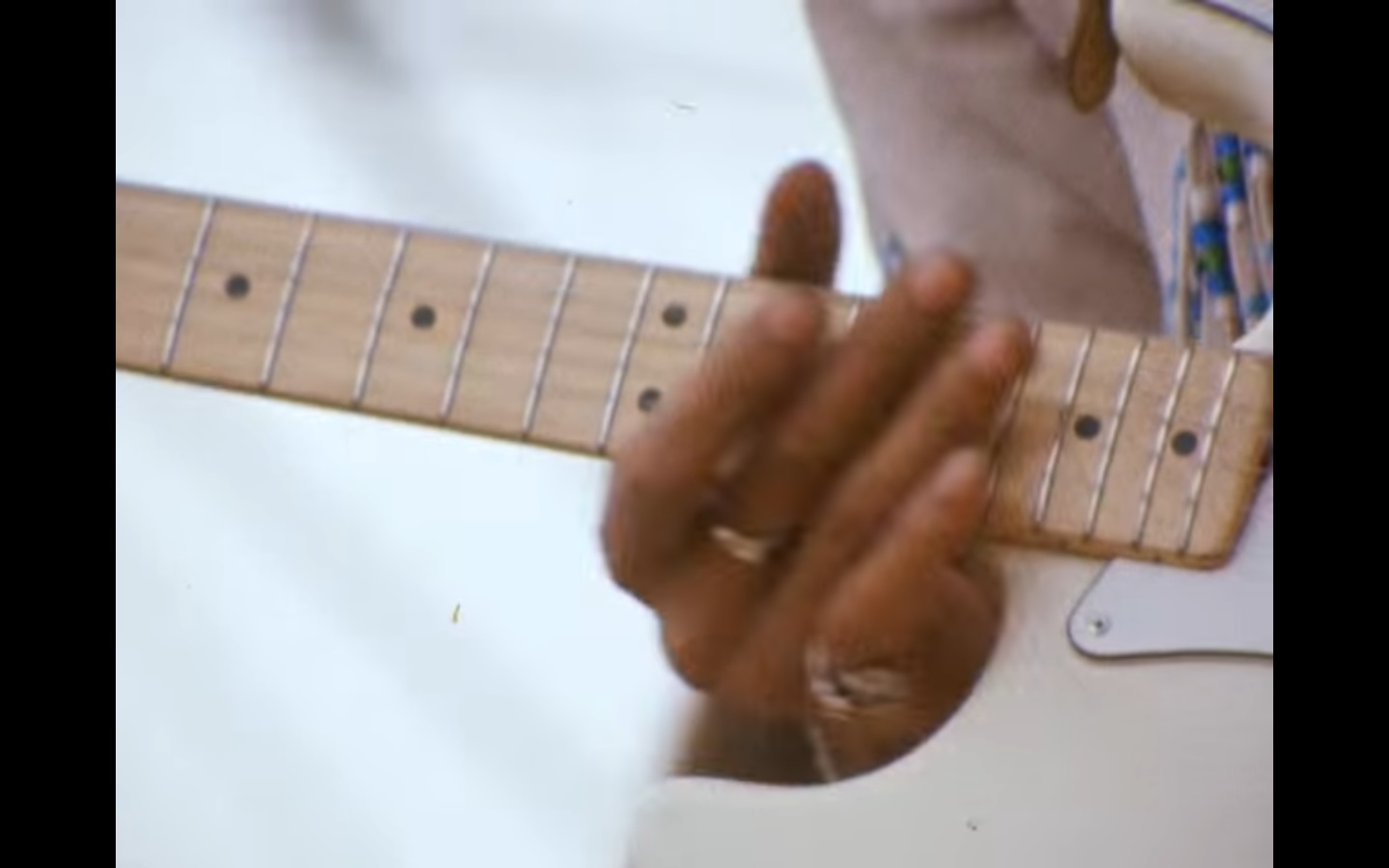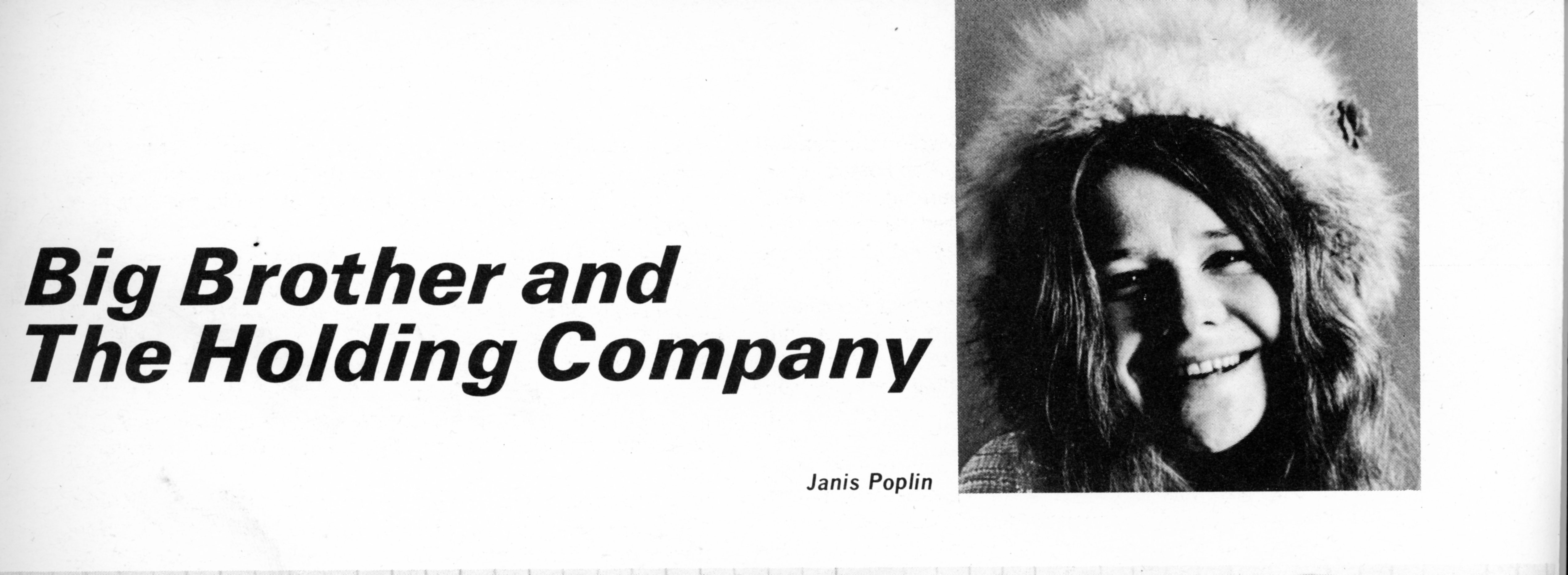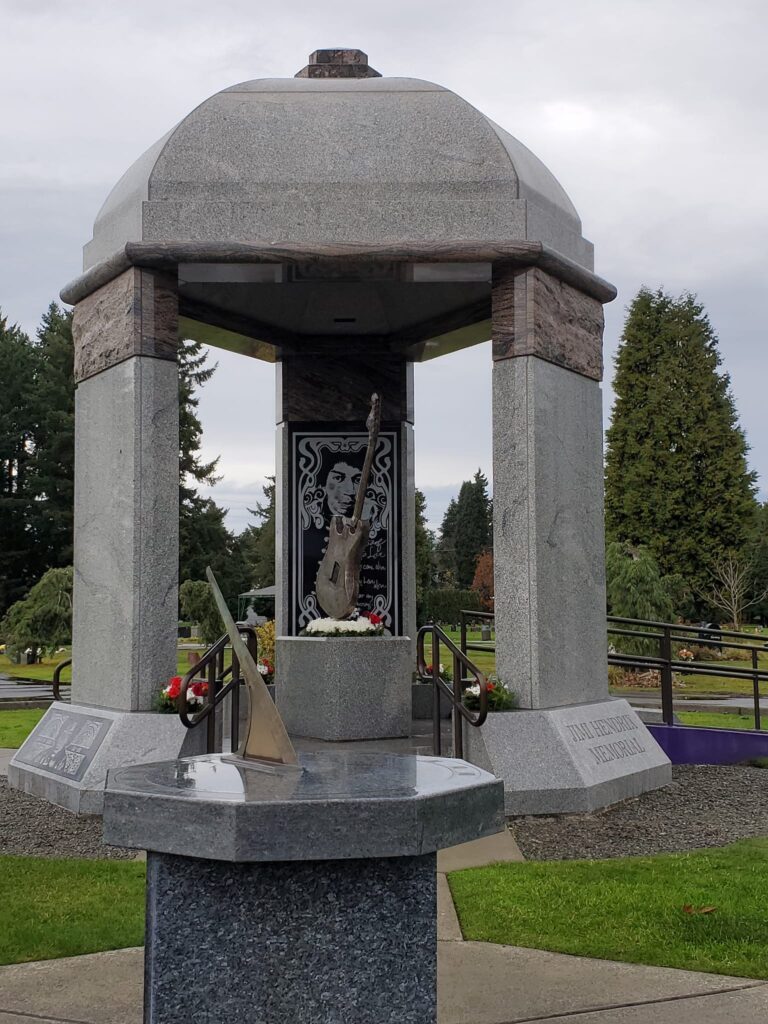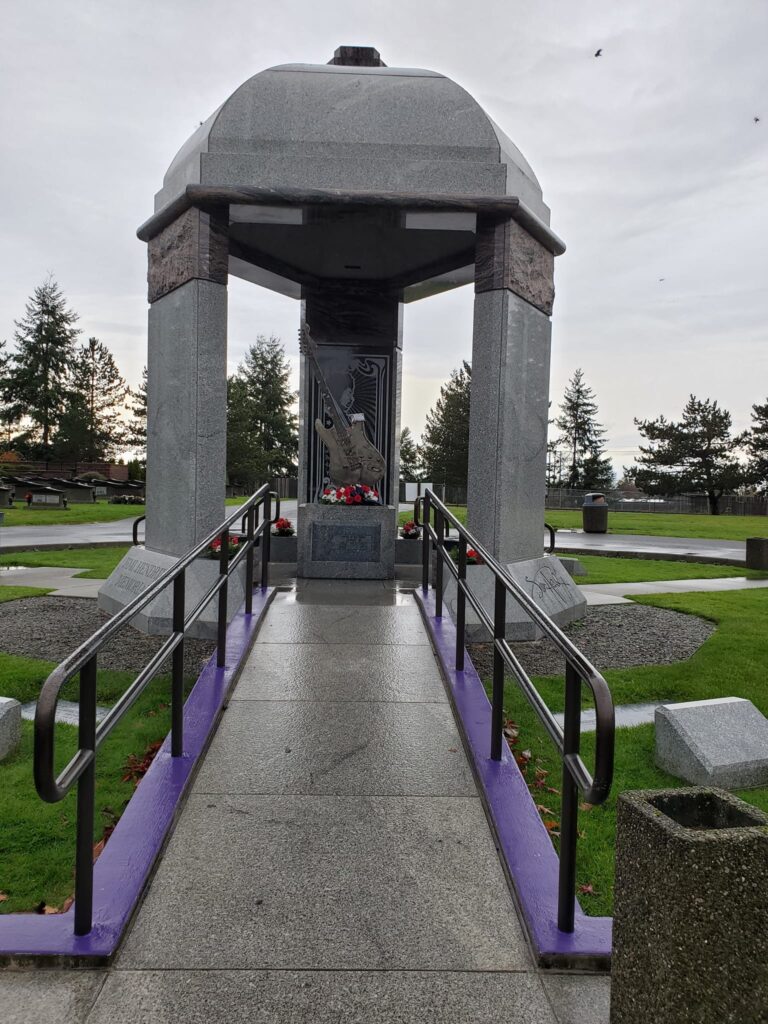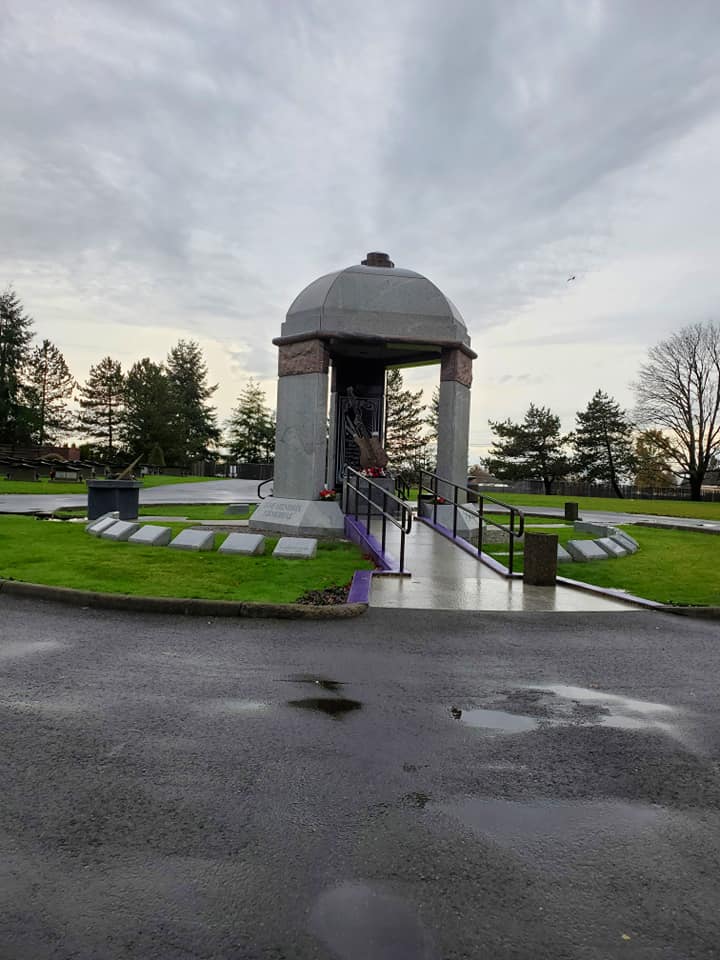Country Fish Mark Kapner
Happy birthday
November 28
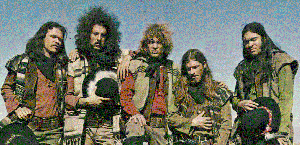
A belly button song from Mark
Country Joe & the Fish, keyboards
Country Fish Mark Kapner
Boolean
The internet is an amazing thing to this Boomer, but then I’m still amazed at telephones.
Back in the Analog Age, I liked researching a topic in a library, going through card catalogs, searching around and focusing microfiche, or listening to recordings wearing those stinky headphones.
The internet is far less laborious despite a nostalgia for the library’s stacks.
One would think that anyone could find anything on the internet about anyone.
If I knew more about searching that would be true. I’ve tried to understand what boolean means, but “denoting a system of algebraic notation used to represent logical propositions, especially in computing and electronics” is of no help.
Country Fish Mark Kapner
Where have you gone…
Mark Kapner
Mark Kapner was the keyboardist with Country Joe and the Fish when the band played at the Woodstock Music and Art Fair that dismal August 17, 1969 evening. Not even the enhanced idealism of 400,000 people could stop the rain. According to John Fogerty, it was after Woodstock that “…I went home and wrote this song.”
Mark Kapner and the band also starred in the 1971 movie “Zacharia, the First Electric Western.” A young Don Johnson was one of the stars along with John Rubinstein, Pat Quinn, Doug Kershaw, The James Gang, The New York Rock Ensemble, White Lightnin’, William Challee, and Elvin Jones. Like to see the trailer? Worth the 2:51. You may even watch twice or even watch the whole thing available on YouTube as well.
Country Fish Mark Kapner
Markkapner.com
Mark Kapner has a web page with limited information. It states that Mark:
- Attended Sanford H Calhoun High School (Merrick, New York)
- Attended Brown University
- played keyboards with Country Joe and the Fish
- played with Neil Diamond’s band during 1970 and 1971
- worked at the Kripalu Center for Yoga & Health (Lenox, Massachusetts) from 1991 to 1995. He served as Music Director there. It is one of the country’s largest holistic program centers. He composed soundtracks for yoga and meditation tapes, produced albums of inspirational music, including “Inner Quest” and “In Every Heart,” and performed frequently in genres ranging from Sanscrit chanting ensembles to bluegrass bands.
- now lives in San Francisco
Country Fish Mark Kapner
Facebook Mark Kapner
There is some additional information at his Facebook page. There it says that he was:
-
the former Organizer and Director at Swing Out New Hampshire. The Swing Out site says that Swing Out New Hampshire takes place at Camp Wicosuta, a traditional summer camp in the heart of the Lakes Region of New Hampshire. We offer four full days of classes and five nights of social dancing. Camp Wicosuta is surrounded by trees and hills, and has both a pristine mountain lake and an outdoor swimming pool. In addition to dancing, SONH offers many summer camp activities, such as a campfire sing-a-long, communal dining and housing, scenic walks, the SONH Cabaret, tennis, volleyball and basketball courts, as well as yoga classes and an on-site massage therapist. We learn, dance, eat, sing and play together, having a true summer camp experience! It’s more than just a vacation…our campers go home renewed and inspired. (founded in 1999)
Mark doesn’t post very often, but I did find this interesting piece:
Points to Ponder #1: If you went to a hip wedding and the MC’s energy was very square, would his music simply suck, or would its mindless vacuity warp the very fabric of the space of the reception hall and cause all the relatives to dance so fast that as their gyrations approached the speed of light their heads expanded, lessening the pressure on their brains and making them feel better?

